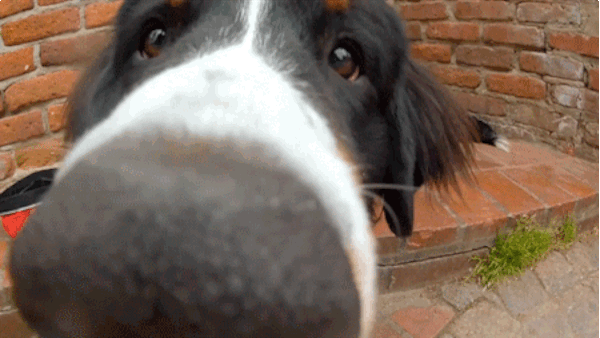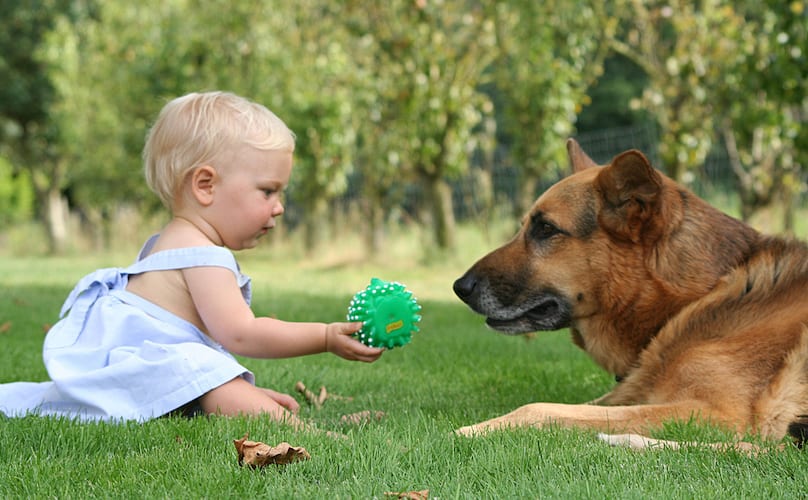It would be awesome if dogs could talk, right? They could tell us exactly what they’re thinking, how they’re feeling and maybe even clue us in on the secrets of life.
The dilemma is that dogs express themselves through behavior. These behaviors are often subtle, which has two possible outcomes.
- 1. We might miss important signs of illness.
- 2. We can quickly turn into a hyper-vigilant helicopter pup parent, ready to cart the dog off to the vet at the first sign of a watery eye.
The following information should help you decide whether or not you should chill out or get your best friend to the vet ASAP.
15 Warning Signs That Might Mean It’s Time To Visit The Vet
#1. Vomiting or diarrhea.
Just like us, dogs get upset tummies. Sometimes, it’s no big deal, but other times it can be a sign of something serious, such as poisoning. According to WebMD, if your pup is vomiting or poopin’ blood, it’s time to get to the vet right away.
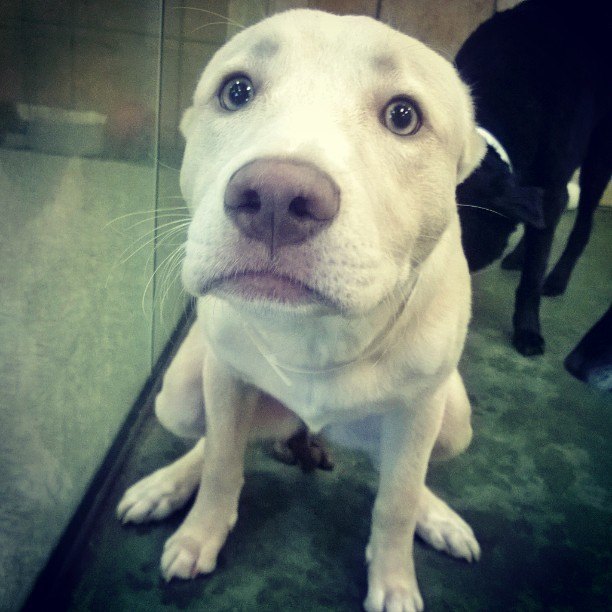

#2. Decreased activity.
Sometimes it can be difficult to spot a decrease in activity because sleeping is one of most dogs’ favorite pastimes. However, a decreased disinterest in games and general shenanigans can be a sign of illness. By monitoring your dog’s activity level with products like Voyce, you’ll have a better understanding of what’s normal and what’s not.


#3. Excessive urination.
It might be time for a vet visit if your pup is frequently doing the pee-pee dance or having accidents in the house. Another cause for concern is frequent attempts to urinate. Amanda Landis-Hanna, DVM states “If your dog is straining to urinate, or has blood-tinged urine, she might have a bladder stone or a urinary tract infection.”


#4. Drinking too much water.
On average, your dog should drink about an ounce of water for each pound of body weight. The amount will likely increase during the warmer months when squirrel chasing is at an all-time high. This is where common sense comes in. If you’re constantly refilling the doggie bowl, it could be a sign of Cushing’s disease, cancer or many other illnesses.
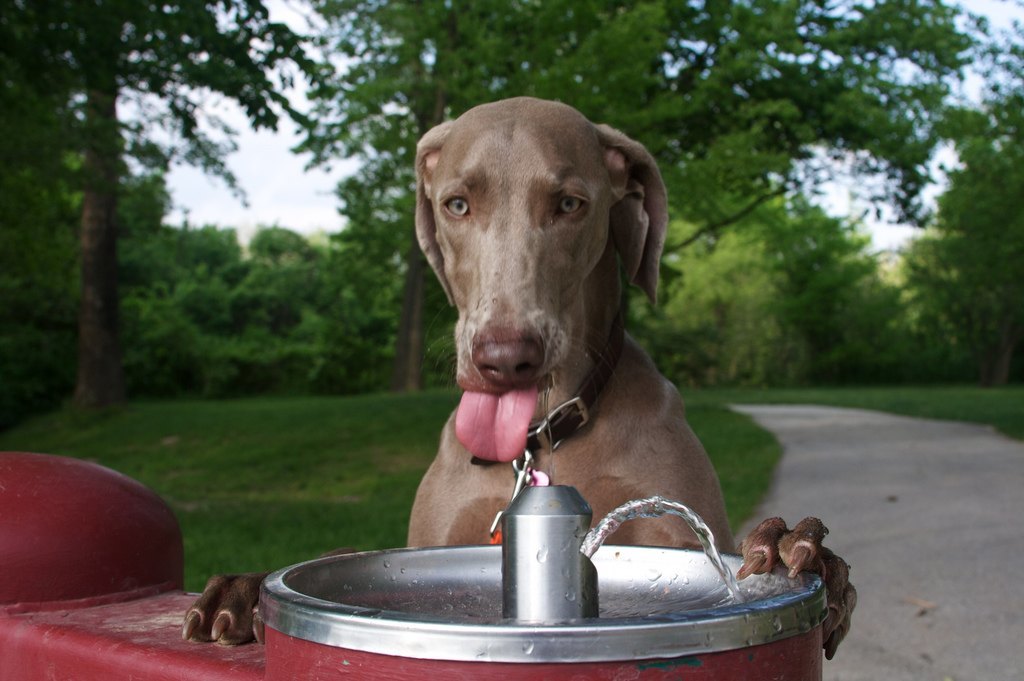

#5. Constant head tilting or shaking.
Every pup does the adorable head tilt, especially when you say “treat.” However, if it’s constant, it might be a sign of an ear infection or vestibular disease.


#6. Strange odors.
This includes bad breath and body odor. Dog Notebook suggests sniffing your pooch occasionally to check for smelly changes! Don’t sniff their butt though, that would be weird.


#7. Irregular or labored breathing.
This may be a sign of a cold or a more serious respiratory issue. Voyce enables you to track resting respiration over time so that you can determine your pup’s typical resting respiration rate. This gives you the opportunity to identify when your pup is experiencing abnormal or elevated trends.


#8. High anxiety and irritability.
Everyone gets cranky when they don’t feel well and dogs are no exception. Aloofness (for dogs that are usually cuddly), increased barking, and general irritability should clue you in that all is not well. High anxiety is also an indicator of an increased heart rate. Monitoring your pup with Voyce will let you know that your dog might have more than just a case of the grumps. By understanding how their baseline vital signs are trending over time, you can monitor changes that can signal more serious health issues.
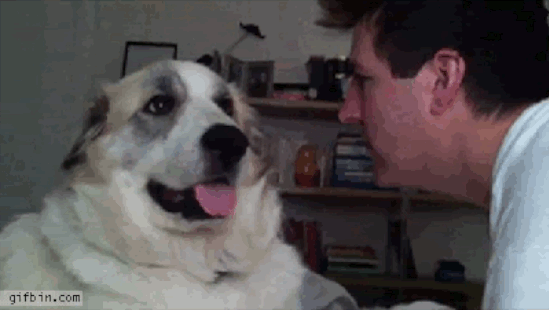

#9. Sudden aggression.
You may be inclined to rush your pup to a behaviorist if they suddenly become aggressive, but most dog parents don’t realize that this is often a sign of illness. It may be a neurological disorder or it may indicate that your pup is in pain and they’re trying to avoid being touched where it hurts.
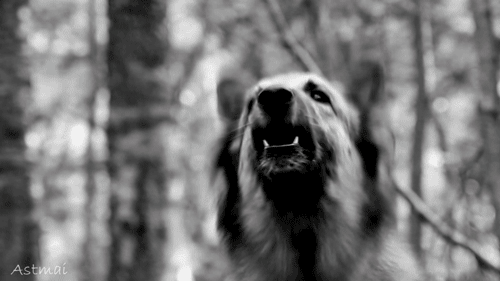

#10. Less interest in food and water.
Food is a big motivator and it’s a key sign that things may be off if your pup isn’t interested in their favorite food. The same goes for not drinking water. If you are concerned that your pup isn’t eating or drinking, it might be time to chat with your vet.


#11. Dry skin, sores or lumps and bumps.
The best way to detect these is to regularly spend quality time giving your best friend massages and belly rubs. You’ll get to know what’s normal for their skin.
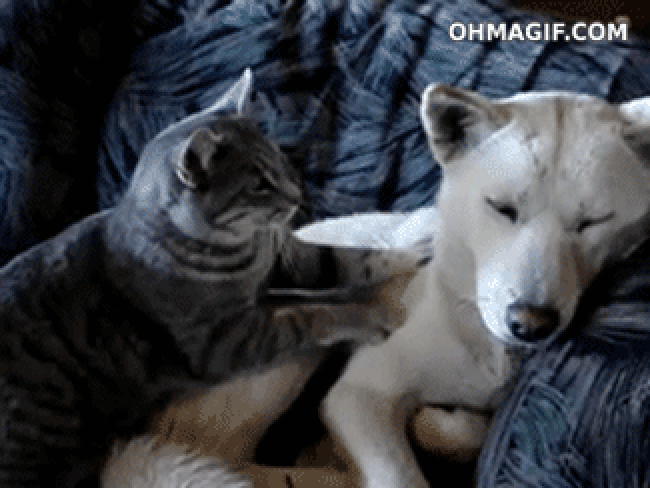

#12. Dry or watery, red, itchy or swollen eyes.
Dogs can get eye infections, so you want to check their peepers daily. You may be used to your pup’s eyes watering due to allergies, but excessive watering can be a sign of infection. Also, don’t ignore a swollen eyeball – that’s a sign you’ve got an emergency on your paws.


#13. Swollen belly.
No, we’re not talking about some extra chub after eating too much bacon or retaining a little extra water. For dogs, bloating can be deadly. If your pup’s belly is distended and feels hard, it’s an emergency.


#14. Difficulty walking, sitting and getting up.
Odds are your pup may be in pain if she has a hard time laying down for afternoon snoozes and isn’t bouncing up the stairs like normal. It may also be a sign of a neurological issue. Amanda Landis-Hanna, DVM states, “Many of my clients believe their dog is ‘just getting old.’ Often, however, there is a medical cause for changes in mobility or sleeping. By treating the underlying condition, we can give the dog a better quality of life for a longer period of time. The sooner we note these changes, the faster we can make her feel better.”
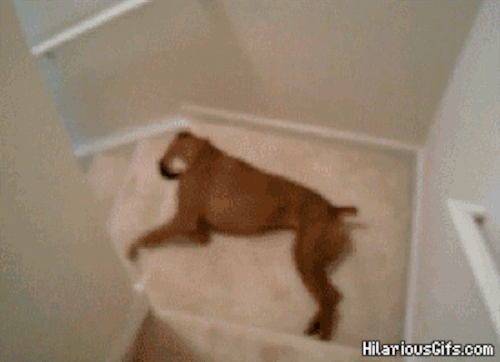

#15. Warmer than usual ears and nose.
The only sure way to tell if your dog has a fever is to stick a thermometer up their pooper, but you don’t want to do go there if you don’t have to! But, if you notice that their nose and ears are feeling hot, you should check their temperature just to be sure.
